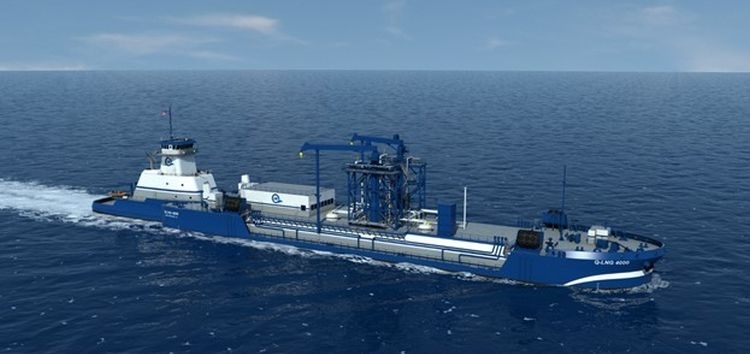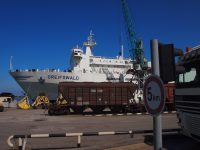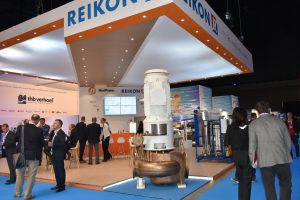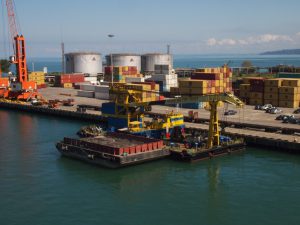The International Maritime Organization (IMO) is standing its ground on the implementation of the 2020 Sulfur Cap having reaffirmed its position that there is no turning back with regard to the implementation date. Nevertheless, ship owners and operators are faced with a number of worries when it comes to adhering to the new rules and investing in compliant technology. In fact, many companies are adopting the “wait and see “approach. World Maritime News spoke with Dr. Marc Perrin, Independent Consultant for ENGIE Lab CRIGEN and Olivier Jouny, Managing Director, Total Marine Fuels Global Solutions, during Asia Pacific Maritime on the current state of play in relation to the industry’s preparedness for the new rules and the most economically viable option when picking a compliant fuel. There are several ways to get ready for the 2020 Sulfur Cap.
Among the options on the table are:
- Low sulfur heavy fuel oil (HFO)
- Marine gas oil (MGO)
- Exhaust Gas Treatment (scrubbers) or
- Other alternative fuels, such as LNG, hydrogen, etc.
However, the capacity of refineries to produce a sufficient amount of low sulfur fuel oil (LSFO) for ships in time has been brought to question. On the other hand, opting for scrubbers results in other issues such as space availability, vessel stability and higher operating costs, to name just a few.
“Right after the IMO announced that the deadline would be 2020 we decided to reorganize our bunkering business and position ourselves as a global solutions provider, and not just only a product supplier. In some parts of the world, the availability of LSFO can indeed be questioned. However, as an integrated group with strong assets all along the oil chain, we are currently working with our refining and trading teams and we will be able to supply our customers with 0.5 percent sulfur fuel oil in the main hubs,” Jouny said.
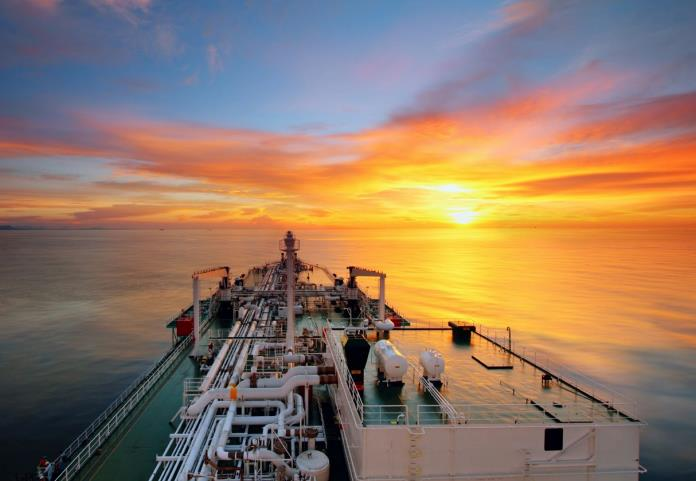
LPG an alternative to LNG?
Several industry players have identified LPG as a much more cost-effective alternative to LNG, which is easier to implement in practice. However, Perrin believes that LPG is not really an alternative to LNG for many reasons. The primary argument for this rests on the limited quantities of LPG and its dependence on other industries for production, as compared to LNG which intrinsically has fuel applications.
“Secondly, LPG emits more CO2 and NOx than LNG. Thirdly, the logistic issue is not trivial and similar in complexity and cost to the LNG one. And today the main market for LPG is the use as a feedstock in the chemical industry. Last but not least, marine gas engines are designed mainly for natural gas (CNG or LNG) that is easier to burn in engines than LPG. Therefore, for all of these reasons, I don’t anticipate a fast development of LPG as a marine fuel as is the actual case for LNG,” he explained.
Jouny further added that LPG is not such a cost-effective solution, with prices being more volatile than for LNG as they are impacted by both crude prices and a seasonality effect. Moreover, the infrastructure is not adequately developed. What is more, investments to equip vessels with systems able to run on LPG are significant and safety issues are a real concern, he pointed out.
Where to invest?
As ship owners are long-term investors, LNG is really the right investment to be made, according to Perrin. The availability of LNG and its environmental benefits have been identified as key benefits for owners. In addition, technological innovations and progress are boosting the competitiveness of LNG as compared to conventional fuels.
“This supports and boosts engineering companies, ship owners and operators, bunkering operators, in mastering this new fuel: innovative storage technologies, boil-off gas management tools (LNG Master, Smart LNG Gauge), LNG quality for engine assessment (new PKI methodology for calculating Methane Number),” Perrin said. “So for these reasons, when it comes to investing for a couple of decades into a fleet, then definitely LNG is THE fuel of choice,” he pointed out.



